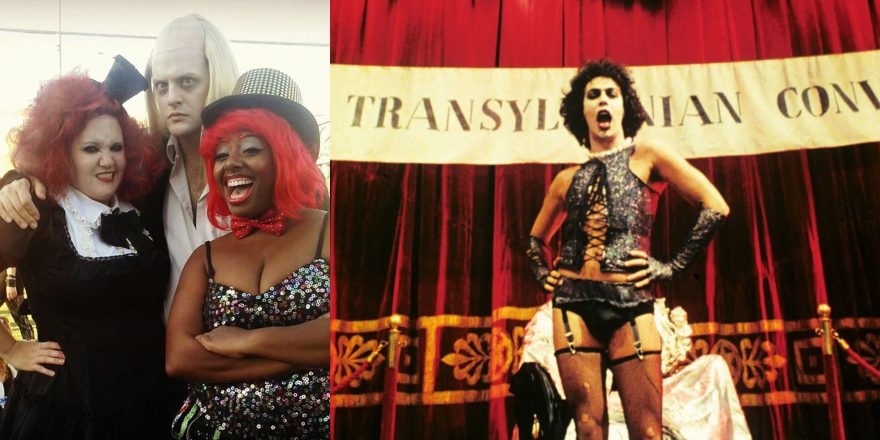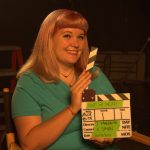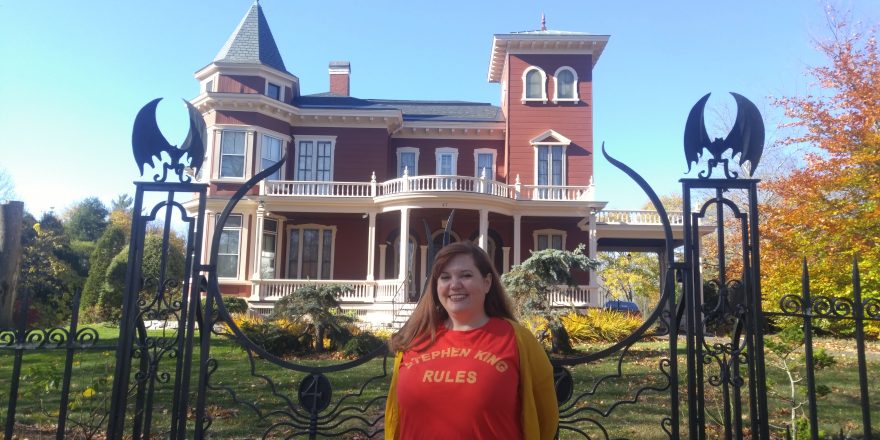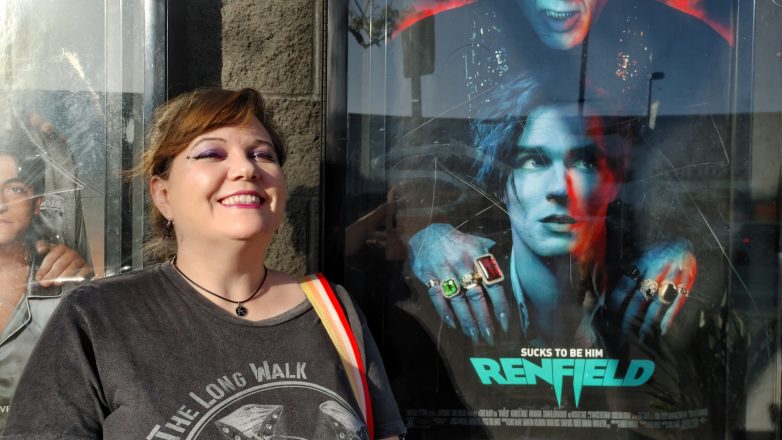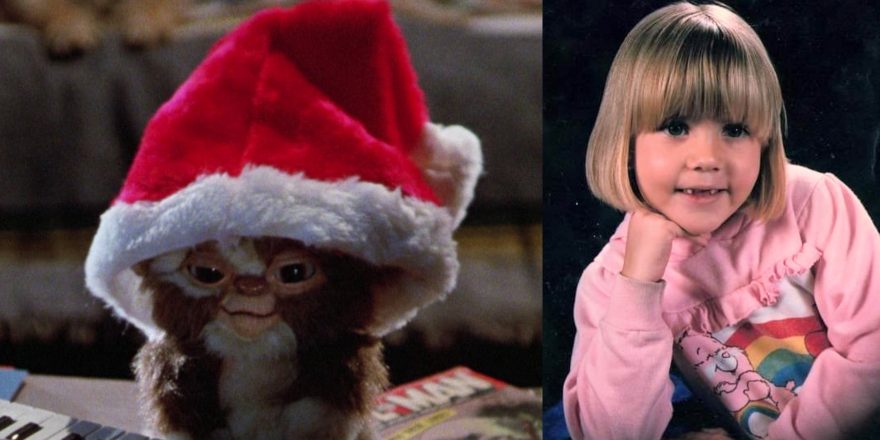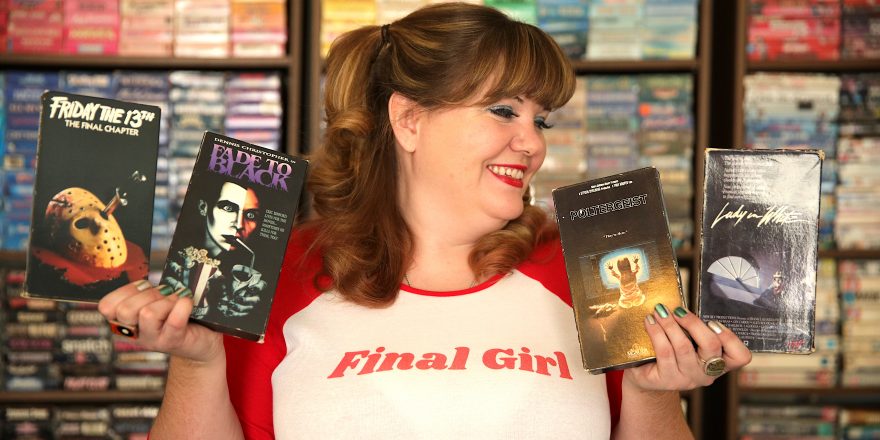I first saw Rocky Horror Picture Show at midnight with a live shadow cast when I was 12.
Now, some may say that is far too young to see said movie, and to that I agree, but I also wouldn’t have it any other way. It was truly a life-changing experience, and one that created a lifelong love affair with the film.
I grew up in Las Vegas (which probably explains why they would allow a 12-year-old in) and there was a movie theater nearby that played Rocky Horror every Saturday at midnight. An older friend of mine was a big fan and when she told me about how fun it was, I of course wanted to go.
I was unprepared for the mind-blowing screening that awaited me.
What really took precedence was that I had never conceived of a film that you interacted with. Sang along with, threw things at the screen, quoted, joked and danced in the aisles to. It blew the doors open in my head about what I had ever thought about cinema. It could include the audience! Incorporate theater! Live performance! Virgin sacrifices! There may as well have been cartoon hearts in my eyes and steam coming out of my ears.
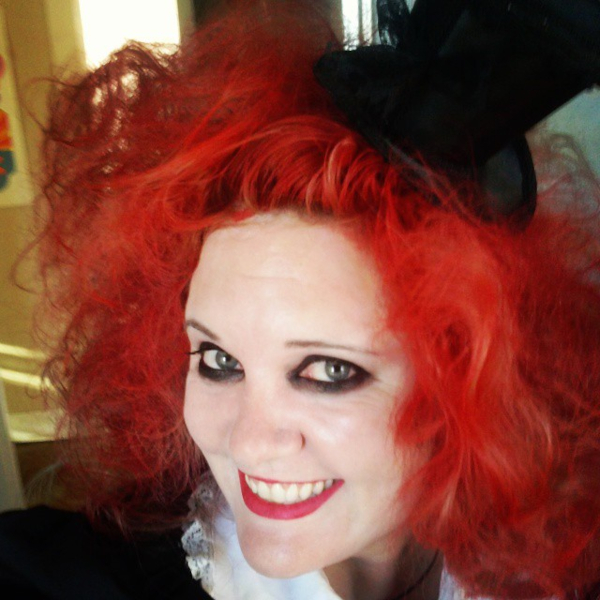
The film itself was also revelatory in its punk-rock, decidedly weird but also strangely upbeat tone and cast of fantastic characters featuring, of course, Tim Curry as Frank-N-Furter. His performance in Rocky Horror is one of the most electric, anarchistic, fearless, firing-on-all-cylinders ones ever put to screen and is, to this day, the performance against which compare all others in my head – the gold standard. If actors aren’t willing to go that hard in a role, I’m not impressed. He left some big (platform) shoes to fill.
I’ve always been a stage and screen musical theater nerd, so the fact that Rocky Horror is also a musical, with singing along encouraged, is another reason I am so enamored of the film. Songs with optimistic and inspirational lyrics like, “Don’t dream it, be it” and “There’s a light in the darkness of everybody’s life” that almost bounce against its gritty visuals. Richard O’Brien – who wrote the screenplay, as well as the stage musical its based on – deserves all of the accolades for his out-there, no-fear, unique vision, complete with a dance number in the middle! (And as I have said before, every movie is better with a dance number!) You can really tell that Rocky Horror ran for a long time on stage before it was adapted to screen – everyone’s characters feel lived in and they all know the show so well, it seems almost effortless.
So, as much as I can thank Rocky Horror for blowing my mind about cinema, it also opened my eyes to my pansexuality, which was something I hadn’t considered before. The movie’s open stance on attraction to everyone – regardless of gender, size, age (or even if they are non-human Transylvanians from the planet Transsexual!) – was so joyful and freeing and had such a feeling of equality – it just felt right. It was the prudish Brad and Janet that were out of touch in the film, not those in the Frankenstein place. Men in lingerie, bodybuilders being built by and getting married to mad alien scientists, Columbia and Magenta snuggling up together, it all clipped across my young brain at a rabbit’s pace, upping and altering my perviness and sexuality wiring as it went.
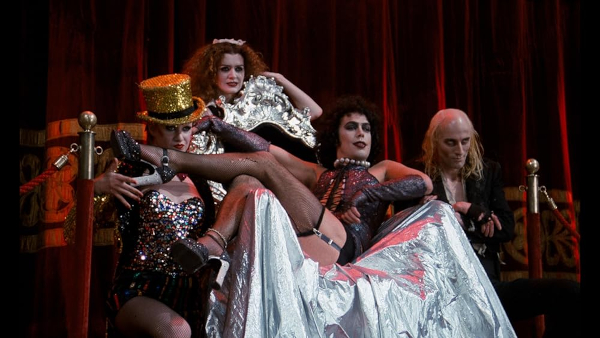
I left that screening a changed girl. I saw the film many more times at that theater, bringing other friends along. After dozens of screenings in Las Vegas, I’ve also seen the film at theaters in Long Beach, Pasadena and Somerville, and of course at the iconic Nuart, which has been playing Rocky Horror for years. I remember seeing it in the Hollywood Forever Cemetery on Halloween for Cinespia, with thousands of people time-warping all at once, and hundreds yelling, “He’s got no neck!” every time the Criminologist came on screen, plus so many great costumes. It was a blast.
I also got to see Rocky Horror at the Prince Charles Cinema in London, with a bouncing ball up on the screen for the songs, so everyone could sing along even if they didn’t know the words, which was rad! (Why don’t we have that in the U.S.? I actually contacted the company that made those prints in the U.K. afterwards to see if we could get them here, but they demurred. If anyone knows about prints here, let me know!) The best thing about the screening was that the British jokes and the American jokes were different, so they all got to laugh at mine, and I at theirs. Hearing the progression of joke changes from decade to decade and location to location is part of the wonder of it, an ever-changing interaction with a film that will never change.
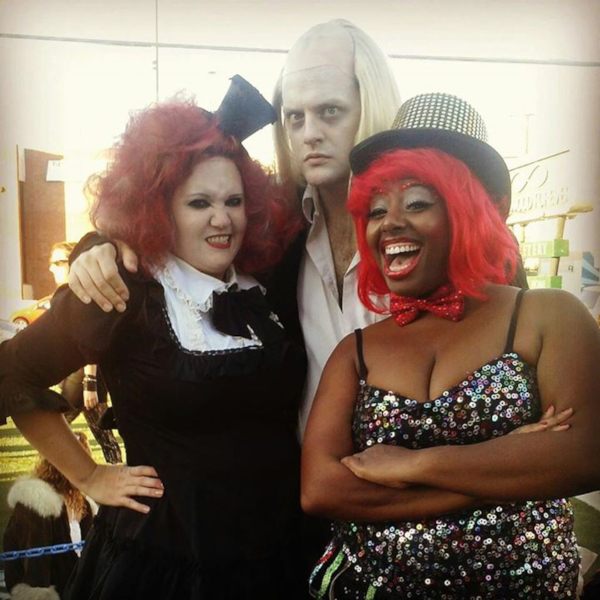
This is the only movie in the world that (pandemic aside) has been continuously screened every weekend for almost 50 years, without fail. A movie that was released in cinemas, and never taken out. Really try and get your head around that. A movie that started playing before I was born, and will likely continue to play after I am gone. There is a bit of comfort in the back of my head knowing that Rocky Horror is always there, every weekend, a constant, if I should ever want it.
Clearly the never-dwindling popularity of Rocky Horror since its release shows I am not alone in my worship of the lips. It’s a movie that warmly takes rebels, queers, weirdos, geeks and rock stars under its wings. That’s its real strength. It’s a movie by outsiders, about outsiders, for outsiders, and has created around it an offbeat family for those who need it. The ability for a film to reach beyond the screen to do that is incredibly rare, but it’s mind-boggling that it’s somehow done that for nearly 50 years. Absolutely astounding. It’s a testament to the ongoing power of cinema – maybe more than any other film ever.
Featrured image shows Julia Marchese as Magenta, David Crennen as Riff Raff and Teri Gamble as Columbia (left) and Tim Curry in The Rocky Horror Picture Show (right).


